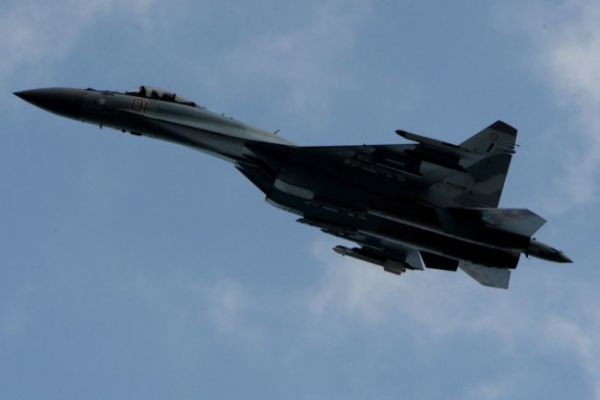Additional radar of the Su-35 fighter. Photo: https://t.co/wCHNcjNad1 pic.twitter.com/7BfhhWtJMQ
— Ivan O'Gilvi (@o_gilvi) November 22, 2021
The Russian Su-35 fighter is equipped with not one, but three radars with an active phased array. The antennas of two additional centimeter-range radars are located in the leading edges of the wings and are designed to search for inconspicuous targets.
The image of little-known devices appeared in the poster of the Ryazan Instrument Factory that produces them. Officially, the devices are called "multifunctional digital interrogators with an active phased array antenna." According to the old Russian tradition, the versatility of the device has stretched so far that in the end it turned out to be another "vertical take-off combine".
Long-wave radars are the most effective for searching for inconspicuous targets, since stealth technologies are designed to disperse X-band radar radiation. That is precisely why during Operation Desert Storm, the first strikes were carried out on Iraqi air defense radars operating on centimeter waves - the most dangerous for American F-117 stealth aircraft.
The use of additional L-band radars significantly expands the capabilities of the Su-35 in the fight against inconspicuous targets, writes Militarywatch. Another powerful tool in this fight is the opto-electronic detection station OLS-35, tested in Syria. And the main radar of the fighter, the Irbis radar, is also unusual. Its active phased array is equipped with a rotation mechanism, which expands the radar angle of view to 120 degrees versus 60 for the classic AFAR. And the emitter with a peak power of 20 kW makes Irbis the most powerful radar in its class. The radar provides tracking of up to 30 aerial targets and simultaneous firing of eight of them.
Anton Valagin






